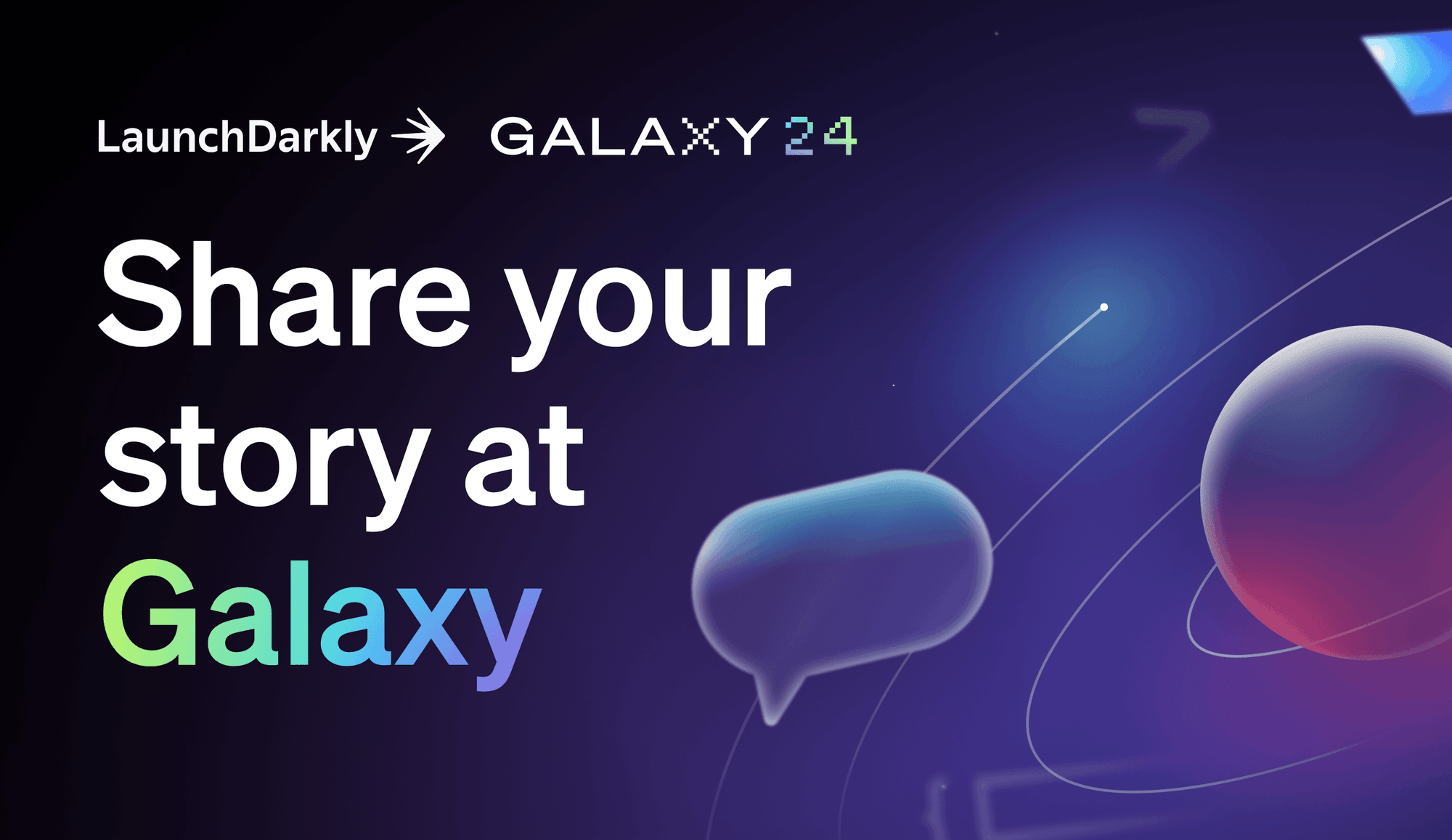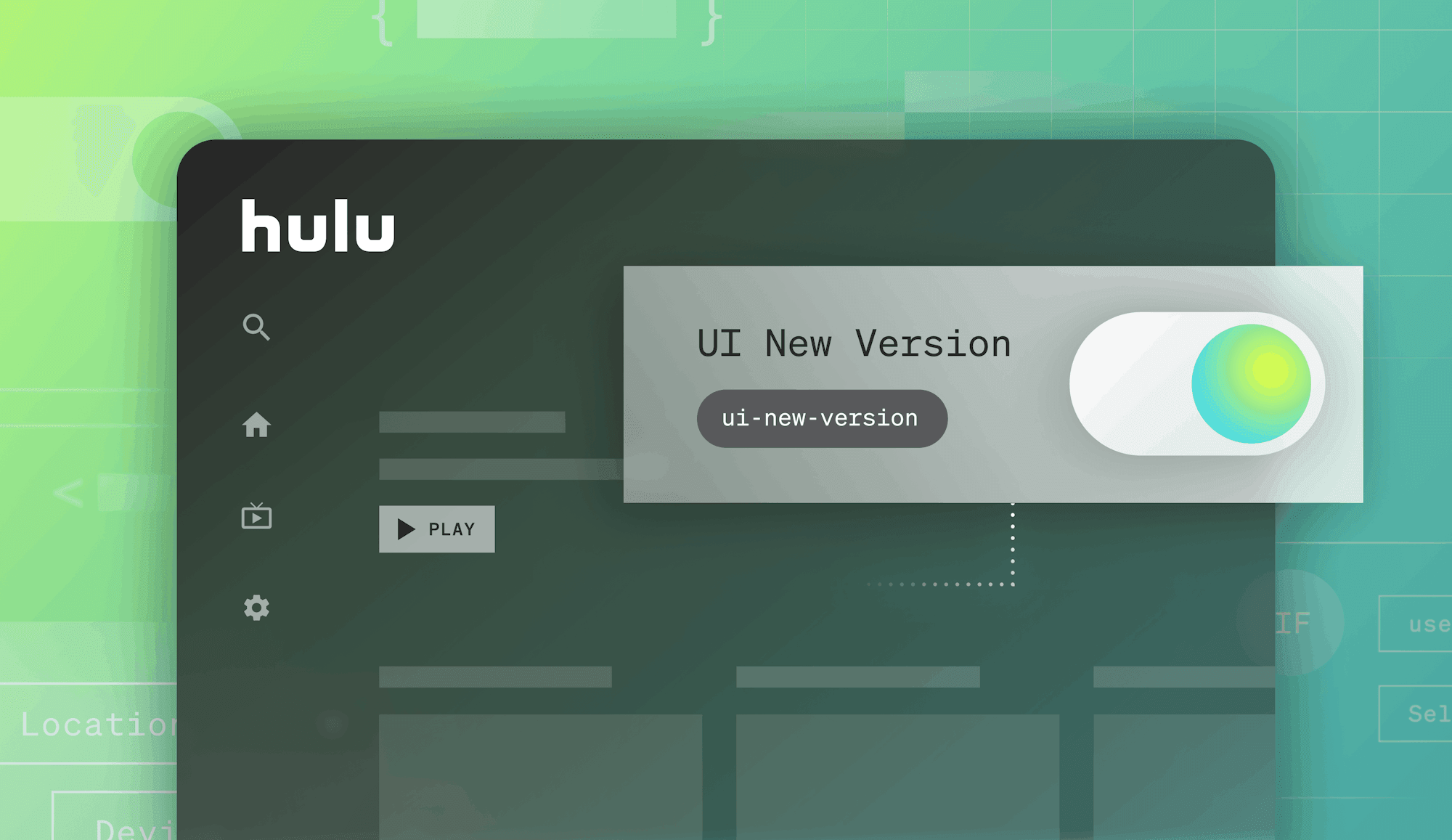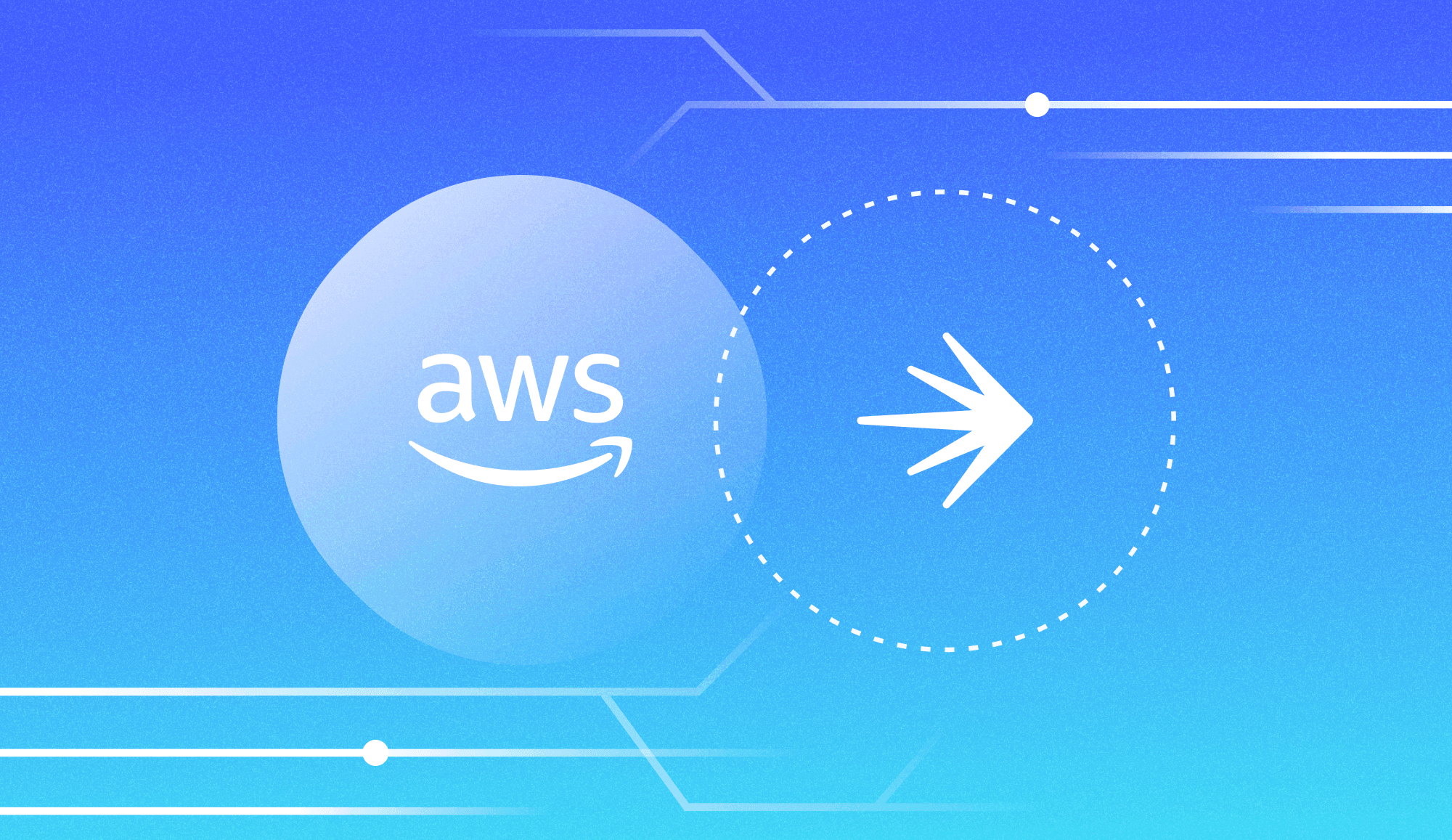From June to October, the LaunchDarkly team embarked on the Galaxy Conference—a series of hosted events in five cities that featured speaker sessions, demos, and keynotes.
The goal of each Galaxy stop was improving our customers' usage of both our platform and feature management. The best part though, without question, was meeting more of our customers face-to-face.
For those who couldn't make it to one of our stops—which were held in San Francisco, Atlanta, New York City, Austin, and Chicago—you can binge various talks from the events right now and maybe get Galaxy brain with us.

And to give you a taste of some of the topics discussed with our customers at Galaxy, we've assembled this quick rundown of various notable moments, in no particular order.
We also encourage you to browse some of our other Galaxy talks and sign up to be the first to know what's on the horizon for the conference in 2023.
Feature flag use cases seem infinite
There are a lot of preconceived notions about feature flags. Some may consider flags as little more than a binary function defined by a simple on/off switch for a feature, but those folks are overlooking a much larger set of capabilities. In fact, feature flags are capable of so many different things, we're always discovering different use cases.
"What we talk about when we talk about feature flags, they're a lot more than just turning something on or off or testing out which marketing assets are more effective," said Lucy Voigt, Software Engineer at LaunchDarkly, during our San Francisco stop. "At LaunchDarkly, we think of feature flags more as configuration that is low code. So it's easy to update for non-technical users. It's granular, so you can really target specific users or groups. It's automatable and can have rich values for more than just an on off switch."
In her talk, Lucy ran through a bunch of different use cases for feature flags that extend far beyond toggling, such as:
- API rate limiting
- Integration enabling
- Managing entitlements
- User segmentation
- Infrastructure migrations
- Updating dependencies
Check out Lucy's full talk to expand your knowledge of what feature flags can do for your organization.
Imagine dragons
Fire-breathing dragons and feature releases may not seem like an ideal pairing, unless your prefer launching while "House of the Dragon" reruns blare in the background.
At our San Francisco event, our Director of Developer Relations, Cody De Arkland, likened feature releases to the fire that pours from the mouth of a flying dragon down onto a city below, in that there is a certain radius for each area that will be impacted.
"It's not very different from when something goes wrong when you deploy an application or when you replace new software," he said.
Whether it's an outage or a botched release, Cody spent his session relaying some ways teams can shield themselves from the amount of potential devastation caused when something goes wrong from a feature release. You're on your own with dragon fire though... but maybe listening to some Dio would help.

Toggling can be monkey business
At each one of our stops, we hosted a roundtable discussion with customers. In Chicago, Justin Duhatschek, Progressive Delivery Manager for KBX Technologies, spoke about his company's goal to increase the velocity of their releases.
In doing so, he explained how he wants his teams to be laser-focused on providing value for customers. And that means faster releases while minimizing risk, which LaunchDarkly has delivered on.
In fact, Justin remarked that toggling feature flags in LaunchDarkly is so easy, he could handle it himself... or even delegate it to a primate. "Someone like I can turn the flag on and off," he said. "I mean my monkey can do that, so I can do that and [the development team] can focus on the value."

Gaining an edge
Edge computing and functions are relatively new. That's one of the reasons our Developer Relations Engineer, Brian Rinaldi, gave a primer on edge functionality and relayed how it coincides with feature management.
As Brian describes it, an edge function is like an AWS Lambda that runs on a content delivery network (CDN). Unlike a traditional serverless function—which typically exists in a single region—an edge function is replicated globally across nodes and helps reduce latency.
In his talk from Atlanta, Brian runs down the edge functions that serverless functions typically can't handle, and then gets into the addition of feature flags.
Understand the core capabilities of any feature management tool
In Atlanta, our CTO and co-founder, John Kodumal, spotlighted the most essential functions any feature management platform must be able to perform.
First, was the ability for teams to release new features with confidence and mitigate risk. There's understandably a strong correlation between teams feeling more confident in their releases once any potential risks are minimized.
Secondly, there's the capacity to use feature flags to give you long-term control over a feature. That can result in offering varying experiences to different customers in scenarios such as personalization, experimentation, and entitlements.
Lastly, any solid feature management system allows you to measure the impact your changes will have through data analytics and telemetry. Watch John's full presentation for more.
There's plenty more insights from our Galaxy Conference 2022. Check out more talks now and, while you're there, sign up to get notified about our plans for Galaxy 2023.











.png?ixlib=gatsbyFP&auto=compress%2Cformat&fit=max&rect=0%2C0%2C4000%2C2252&w=2000&h=1156)










